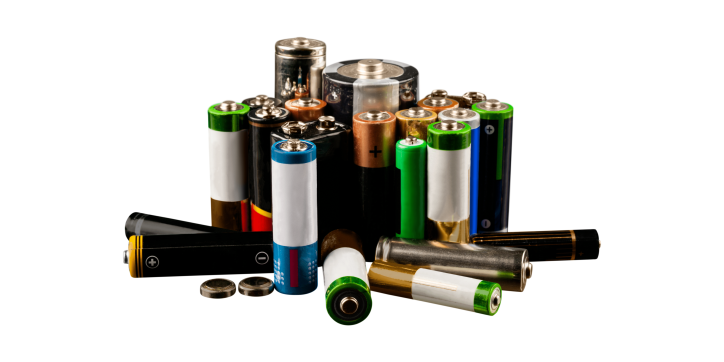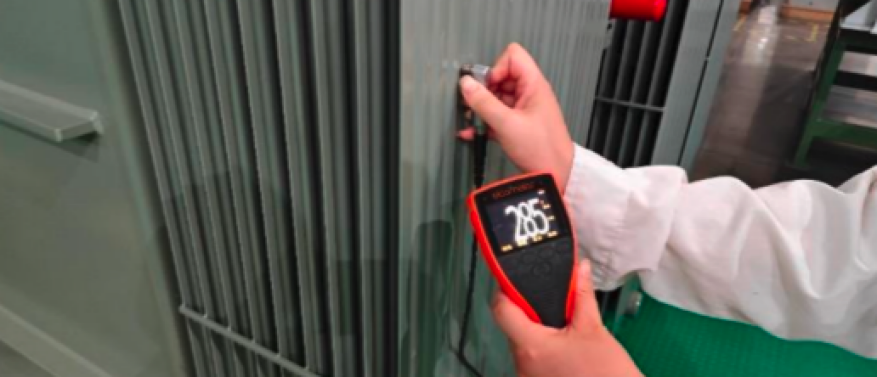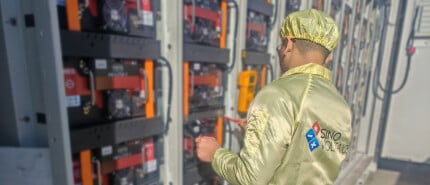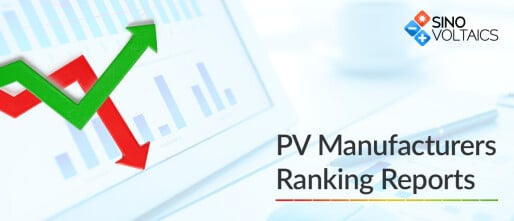2022 marks the introduction of the new European battery regulations, a critical milestone as part of the European Union (EU)’s ambition to create a sustainable battery ecosystem. The new Regulation 2019/1020 will be an amendment to the current Battery Directive 2006/66/EC.
With the new Battery Directive, the European Union’s goal is to ensure that “batteries placed on the EU market are sustainable, circular, high-performing and safe all along their entire life cycle, that they are collected, repurposed and recycled, becoming a true source of valuable raw materials” (Source: European Commission).
This new regulation comes into place as electric vehicles (EVs) are ramping up in Europe, with many Gigafactories under construction. According to the European Commission, the European Union (EU) will account for 17% of the total demand for batteries in 2030. Consequently, the number of lithium batteries to be recycled is expected to increase 700 times between 2020 and 2040.
The Regulation will build onto the existing Battery Directive and provide additional requirements in the following aspects:
- Restrictions of use for mercury and cadmium in the production of batteries.
- Battery carbon footprint quantification and thresholds.
1. Starting July 1st, 2024, batteries placed on the European Union market will have to have a carbon footprint declaration.
2. From January 1st, 2026, a “carbon intensity performance class label” for batteries will be introduced.
3. Commencing July 1st, 2027, batteries shall comply with “maximum carbon footprint thresholds”.
- Reporting and use of recycled content.
1. As of January 1st, 2027, there will be a mandatory declaration of the content of “ recycled cobalt, lead, lithium, and nickel contained” in the batteries.
2. From January 1st, 2030, “batteries will have to contain minimum levels of recycled content (12% cobalt; 85% lead, 4% lithium and 4% nickel)”.
3. From January 1st, 2035, the minimum recycled levels will rise to 20% cobalt, 10% lithium, and 12% nickel.
- Removability and replaceability of batteries: It will be the manufacturer's obligation to allow an easy removability of appliances’ batteries, as well as their replaceability.
- Facilitating the use of second-life batteries.
- New safety measures for stationary energy storage systems will be introduced.
Please keep in mind that those rules will be applied for batteries used in the European Union, regardless of the batteries' original country of manufacturing.
In order to promote transparency within the battery industry, a Battery Passport is expected to be implemented in the next few years by European Regulators. This Battery Passport will be unique for each battery. It is expected to be implemented for all batteries (used in Electrical Vehicles, Energy Storage…) and will be accessible online through a centralized platform. As such, it will really act as a digital twin. The implementation date could be as early as 2026 (Source), although the details still need to be clarified.
All along the battery life cycle, the Battery Passport will be updated with relevant information such as:
1. Production phase: Origin of the different battery raw materials and components, the Carbon footprint of the production process. Manufacturing locations.
2. Use phase: System information (Electrical Vehicle or Energy Storage System for example), the evolution of the critical parameters, and performances of the battery. Tracking of any battery maintenance operations. Unexpected events (accidents for example).
3. Repurposing phase: Second life qualification test, certified parameter for the second life of the battery; evolution of those parameters (the State of Health for example).
4. Recycling phase: How, when, and where was the battery recycled. Eventually the type and quantity of recycled material.
The intention is for the Battery Passport to represent a digital identity for the battery. It will enable the entire battery value chain to become more traceable and, ultimately, more sustainable.
Do not hesitate to contact Sinovoltaics to discuss how we could improve your battery value chain’s traceability.





